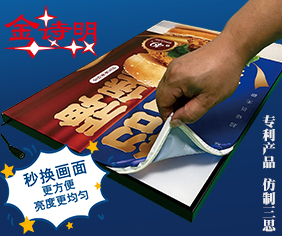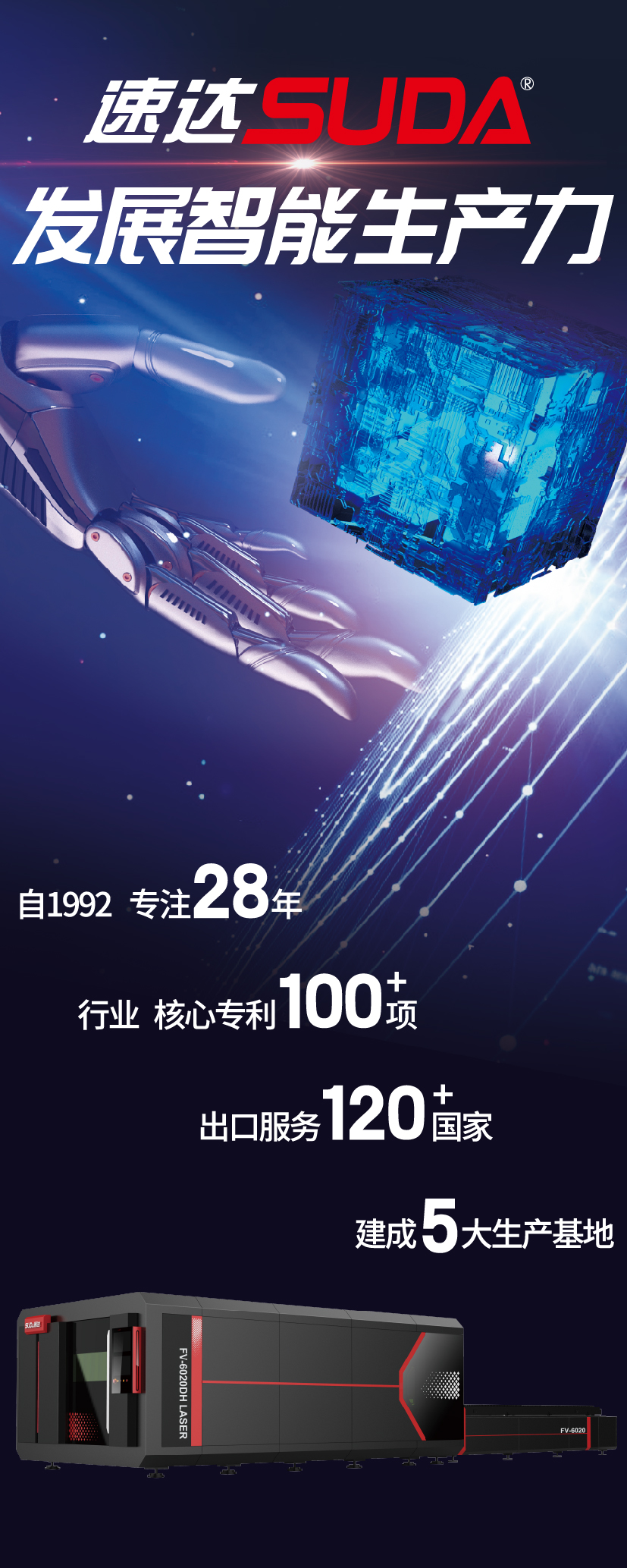THIS PUBLICATION IS ALL about wide-format printing, but many readers didn’t start out in this business. In fact, stories abound of commercial or offset printers essentially falling into wide-format when customers start asking for it.
这篇文章是关于大幅面印刷的,但许多读者并不是从这个行业开始的。事实上,当客户开始要求时,商业或胶印机基本上会变成宽格式的故事比比皆是。
In other cases, the shift is more deliberate, spurred by opportunities recognized in new technologies and capabilities. Here are four examples:
在其他情况下,这种转变更为深思熟虑,受到新技术和能力所带来的机遇的刺激。以下是四个示例:
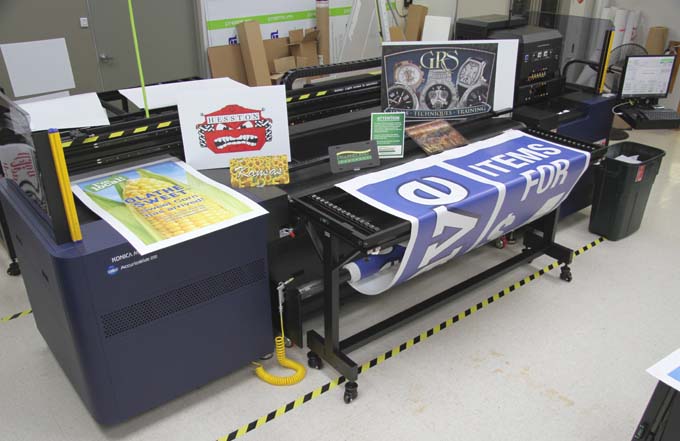
Hesston Prestige Printing’s first wide-format printing machine reportedly remains as busy as ever.
据报道,赫斯顿Prestige印刷公司的第一台宽幅印刷机仍然一如既往地繁忙。
From Side Hustle to Core Competency
从旁敲侧击到核心竞争力
Hesston Prestige Printing was no stranger to wide-format work when the opportunity arose to expand its capabilities in 2019. At the time, leadership had been eager to diversify, and the numbers justified an investment in newer equipment. However, no one could anticipate the full extent of the change wrought by the new printer and complementary cutter.
当2019年有机会扩大其能力时,Heston Prestige Printing对宽幅作品并不陌生。当时,领导层一直渴望实现多元化,这些数字证明了对新设备的投资是合理的。然而,没有人能预料到新打印机和互补刀具所带来的全面变化。
“These machines have transformed our shop from printing and copying to a wide-format business,” says Norman Critchfield, owner.
店主Norman Critchfield说:“这些机器已经将我们的商店从印刷和复印转变为一家大幅面的企业。”。
Founded in 1992 in Hesston, Kansas, Hesston Prestige Printing built its reputation on business cards, stationary, advertising, and other commercial print services. Until recently, wide-format work was more side hustle than core competency, consisting largely of banners and decals produced on a 54-inch roll-to-roll machine. “We only outsourced a few jobs,” Critchfield says. “We didn’t really promote what we couldn’t print in-house.”
赫斯顿Prestige印刷公司于1992年在堪萨斯州赫斯顿成立,以名片、文具、广告和其他商业印刷服务而闻名。直到最近,宽幅面工作更多的是副业,而不是核心能力,主要由54英寸卷对卷机器上生产的横幅和贴花组成。克里奇菲尔德说:“我们只外包了一些工作。我们并没有真正推广我们无法在内部印刷的东西。”
The new printer, a Konica Minolta AccurioWide 200, provided the opportunity to promote capability that was new not just to Hesston Prestige Printing, but also to customers. “We were the 10th install of the Accuriowide for Konica Minolta,” Critchfield says. “A big part of the decision to go with this machine was the speed, quality of printing, the size we could print, and that we could get local service.”
新打印机Konica Minolta AccurioWide 200不仅为Hesston Prestige Printing,也为客户提供了推广新功能的机会。克里奇菲尔德说:“我们是柯尼卡美能达第10次安装Accuriowide。决定使用这台机器的很大一部分是打印的速度、质量、我们可以打印的尺寸,以及我们可以获得本地服务。”
Within just a few months, demand for the new service drove the company to double down. “It became very apparent that to utilize the machine more efficiently we would need to add a cutter,” Critchfield recalls about the addition of the Colex Sharpcut SX1732.
在短短几个月内,对这项新服务的需求促使该公司加倍努力。Critchfield回忆起Colex Sharpcut SX1732的添加时说:“很明显,为了更有效地利用机器,我们需要添加一个刀具。”
Less than five years later, wide-format printing now accounts for roughly 45 percent of the company’s business, versus less than 15 percent before. “What customers ask for has changed,” Critchfield adds. “Before they would come in to get their copies/print and ask, can you do banners too? Now they are ordering signs and asking if we can do their forms also.”
不到五年后,宽幅印刷现在约占公司业务的45%,而以前不到15%。克里奇菲尔德补充道:“客户的需求已经发生了变化。以前他们会进来拿复印件/打印件并问,你也能做横幅吗?现在他们正在订购标识,并询问我们是否也能做他们的表格。”
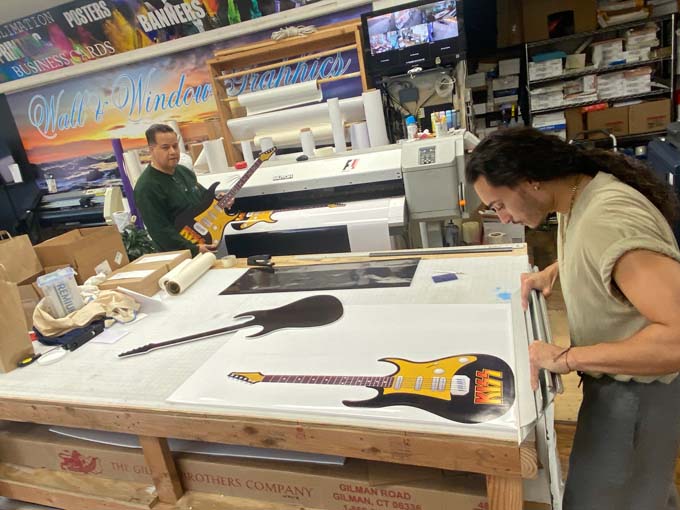
Tommy Melendez shows off a printed and contour-cut KISS-themed guitar for a birthday party.
Tommy Melendez在生日派对上展示了一把印花和轮廓剪裁的KISS主题吉他。
Wide Open Opportunity
广泛开放的机会
Tommy Melendez likes to say “yes.” In fact, he says the growth of his business, Master Graphics NYC in New York, can largely be credited to continually saying “yes” to customer requests for different kinds of work.
Tommy Melendez喜欢说“是的”。事实上,他说,他在纽约的Master Graphics NYC业务的增长很大程度上可以归功于不断对客户对不同类型工作的要求说“是”。
Melendez got his start in the industry with a copy business in 1976. After expanding into commercial printing, he specialized particularly in carbon copy forms, but a growing reputation soon led customers to ask for more. “They’d have a weekend birthday party coming up or something, and they’d ask if I could do a banner. We’d always say ‘sure!’ — even if it meant just finding a place to outsource it to,” he says.
梅伦德斯于1976年开始从事复印业务。在扩展到商业印刷领域后,他专门从事复写纸,但声誉的提高很快导致客户要求更多。他说:“他们会举办一个周末生日派对之类的,他们会问我是否可以做一条横幅。我们总是说‘当然!’——即使这意味着要找一个地方外包。”
In 2008, Master Graphics purchased its first wide-format printer: a 48-inch Mutoh ValueJet 1204. By that point, Melendez had been outsourcing between $1,200 and $1,500 per week on wide-format work, particularly backdrop banners for photo shoots. “It just didn’t make sense to send it out anymore,” Melendez says.
2008年,Master Graphics购买了第一台宽幅面打印机:48英寸的Mutoh ValueJet 1204。到那时,梅伦德斯已经每周外包1200至1500美元的大幅面作品,尤其是照片拍摄的背景横幅。梅伦德斯说:“把它发出去已经没有意义了。”
However, Melendez still wasn’t satisfied. By 2012, he says, about half of requested wide-format work was still being outsourced. That year, he replaced the 48-inch printer with a larger Mutoh Valuejet 1624X, which offers a 64-inch printing area. Along with the team’s growing knowledge of media, inks, and print settings – for instance, how to set up for gloss vinyl versus matte vinyl – the new machine set the stage for further wide-format growth.
然而,梅伦德斯仍然不满意。他说,到2012年,约有一半要求的宽格式工作仍在外包中。那一年,他用一台更大的Mutoh Valuejet 1624X取代了48英寸的打印机,该打印机提供64英寸的打印区域。随着团队对介质、墨水和打印设置的了解不断增加,例如,如何设置光泽乙烯基与哑光乙烯基,这台新机器为进一步广泛的格式增长奠定了基础。
Wide-format printing is far from the only example of Master Graphics doing whatever it takes to say “yes,” then building its in-house capabilities to serve customers better. Other pivot points over the years include screen printing, dye sublimation, embroidery, and most recently, direct-to-film (DTF) apparel decoration, all crammed into roughly 2,000 square feet of space at Master Graphics NYC’s facility in the Bronx. The four-employee company continues to provide commercial printing and copying services as well. However, banners, signage, wall and window graphics, and other wide-format jobs have grown to account for approximately 70 percent of business, Melendez says.
宽格式打印远不是Master Graphics竭尽全力说“是”,然后建立其内部能力以更好地为客户服务的唯一例子。多年来的其他支点包括丝网印刷、染料升华、刺绣,以及最近的直接到胶片(DTF)服装装饰,所有这些都挤在纽约Master Graphics位于布朗克斯的工厂大约2000平方英尺的空间里。这家由四名员工组成的公司也继续提供商业印刷和复印服务。然而,梅伦德斯表示,横幅、标牌、墙壁和窗户图形以及其他宽格式的工作已经增长到约占业务的70%。
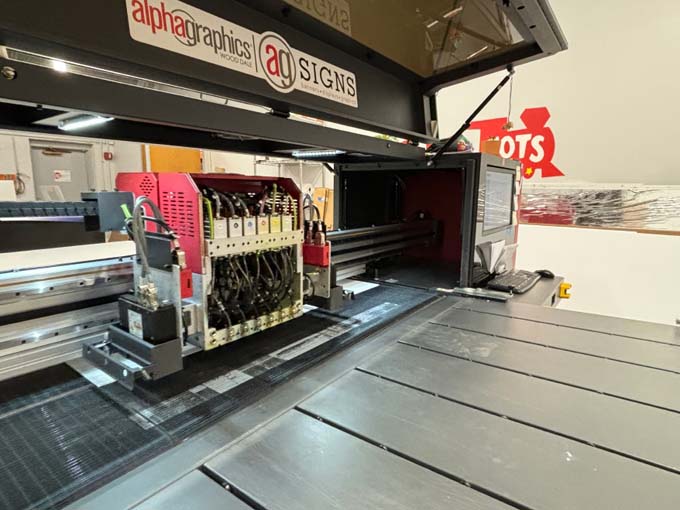
A Cut Above
上方的一个切口
Have you ever used a screwdriver to open a can of paint? Jeff Bittner, president of a Chicago-area AlphaGraphics franchise, says similar thinking about the tools at his disposal has been a major driver of the shop’s growth and diversification into new applications. “If your job is to hammer nails into wood but you don’t have any nails, you’ll find something else to do with that hammer,” he says. “We’re always looking at what we can do with the tools we have.”
你曾经用螺丝刀打开一罐油漆吗?芝加哥地区AlphaGraphics特许经营公司总裁Jeff Bittner表示,对他所掌握的工具的类似想法是该店增长和向新应用程序多样化的主要驱动力。他说:“如果你的工作是把钉子钉进木头里,但你没有钉子,你会用锤子找到其他东西。我们一直在考虑用现有的工具能做些什么。”
This thinking proved its worth in 2019, when Bittner and crew made what he characterizes as an unusual move: purchasing a flatbed cutter before purchasing a flatbed printer. His sights were set firmly on signage, and he reasoned this approach would be the best way to break in.
这种想法在2019年证明了它的价值,当时Bittner和他的团队做出了他所说的不同寻常的举动:在购买平板打印机之前先购买一台平板切割机。他的目光坚定地投向了标牌,他认为这种方法将是闯入的最佳方式。
After all, the franchise already had plenty of printers. Although none of this equipment was designed for rigid sign substrates, he nonetheless saw a way to apply it beyond the paper business cards, manuals, and other standard work for AlphaGraphics Wood Dale. In contrast, the company had nothing on-hand like the Colex Sharpcut digital cutter. Even without a complementary flatbed printer, this flatbed cutter would enable AlphaGraphics Wood Dale to pursue sign work even as demand for commercial print declined and other pandemic-stricken businesses began to slow and shutter.
毕竟,这家特许经营公司已经有了大量的打印机。尽管这些设备都不是为刚性标识基板设计的,但他还是看到了一种方法,可以将其应用于AlphaGraphics Wood Dale的纸质名片、手册和其他标准工作之外。相比之下,该公司手头没有像Colex Sharpcut数字切割机那样的东西。即使没有补充的平板打印机,这种平板切割机也将使AlphaGraphics Wood Dale能够在商业印刷需求下降、其他受疫情影响的企业开始放缓和关闭的情况下从事标识工作。
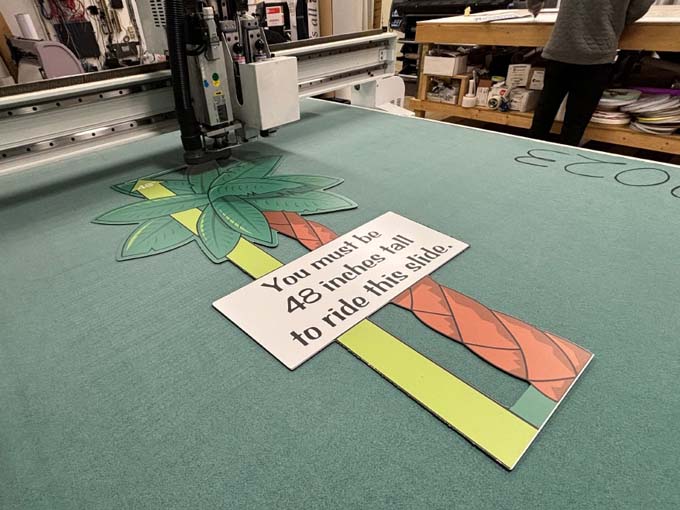
For AlphaGraphics Wood Dale, wide-format cutting came before wide-format printing.
对于AlphaGraphics Wood Dale来说,宽幅剪切先于宽幅打印。
Granted, the process wasn’t perfect. One of the first jobs was a “must be this tall to ride” sign for a water slide. The new cutter enabled cutting the aluminum material to the desired, 8-tentacled profile. The graphics, meanwhile, were printed on the company’s existing equipment onto vinyl that was then cut to shape. “This is not something most people would recommend, but you work with what you’ve got,” Bittner says.
当然,这个过程并不完美。最初的工作之一是为水滑梯做一个“必须这么高才能骑行”的标识。新刀具能够将铝材料切割成所需的8触角轮廓。与此同时,这些图形被打印在该公司现有的设备上的乙烯基上,然后被切割成形。Bittner说:“这不是大多数人会推荐的,但你可以利用你所拥有的。”
Eventually, cutting capability brought in enough work to justify the expense of a matching flatbed printer: an EFI Pro 16H. Now with capability to print directly on substrates, saving significant time as well as the cost of vinyl rolls that are no longer necessary, the company is pursuing sign work in earnest. “I always thought you could make a case for having a cutter before a printer if you have the right mix of work,” Bittner says. “Now we keep both of them running all the time.”
最终,切割能力带来了足够的工作量来证明配套平板打印机的成本是合理的:EFI Pro 16H。现在,该公司能够直接在基板上打印,节省了大量时间,也节省了不再需要的乙烯基卷的成本,因此该公司正在认真开展标识工作。Bittner说:“我一直认为,如果你有合适的工作组合,你可以在打印机之前使用切割机。现在我们让它们一直在运行。”
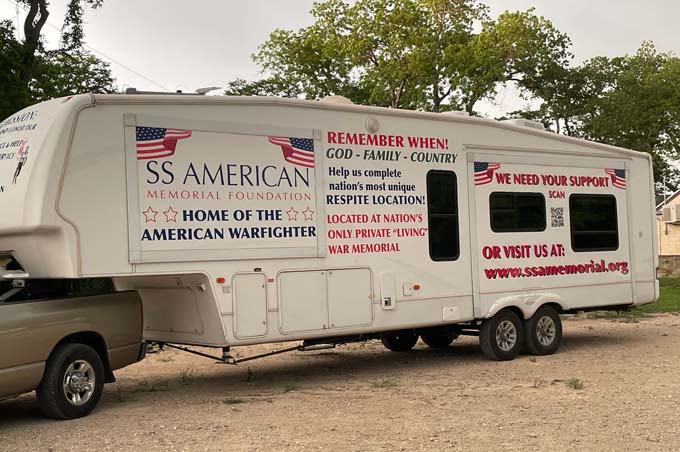
Busting at the Seams
在接缝处忙碌
Moving into wide-format from commercial and offset printing was a “natural” transition for Thompson Print Solutions, says company president David Thompson. “Print customers needed signage,” he explains. “We were just doing more and we needed more table room.”
汤普森印刷解决方案公司总裁David Thompson表示:“从商业和胶印转向宽幅面是一个“自然”的转变。打印客户需要的标牌,我们只是做得更多,我们需要更多的餐桌空间。”
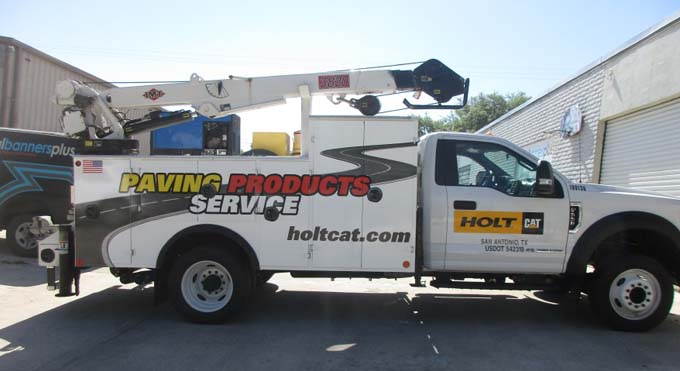
In 2015, Thompson acquired Digital Banners Plus. Moving all existing wide-format equipment into the new division’s separate,7,000-square-foot facility helped simultaneously grow commercial and digital printing services at the main location, Thompson says. By the end of the pandemic, cost-cutting led to the sale of that facility and the consolidation of wide-format workflows into the same building as Thompson’s mailing services. However, overall growth – from roughly $250,000 in annual revenue to about $1.2 million today – indicates Thompson’s push to diversify has been a wise move. “Any company that needs wide-format needs some type of commercial print as well,” Thompson says.
2015年,汤普森收购了Digital Banners Plus。汤普森说:“将所有现有的宽幅设备转移到新部门7000平方英尺的独立设施中,有助于同时发展主要地点的商业和数字打印服务。到疫情结束时,成本削减导致了该设施的出售,并将宽格式的工作流程整合到与汤普森邮件服务相同的大楼中。然而,总体增长——从年收入约25万美元增长到今天的约120万美元——表明汤普森推动多元化是明智之举。“任何需要大幅面的公司都需要某种类型的商业印刷品。”
In addition to paper-based print, signage, and vinyl banners, areas of focus for Thompson Print Solutions include vehicle wraps, embroidery, promotional direct-to-product printing, and silkscreen services. The company is also considering moving into digital signage.
除了纸质印刷、标牌和乙烯基横幅外,Thompson print Solutions的重点领域还包括汽车包装、刺绣、直接到产品的促销印刷和丝网印刷服务。该公司也在考虑进军数字标牌领域。
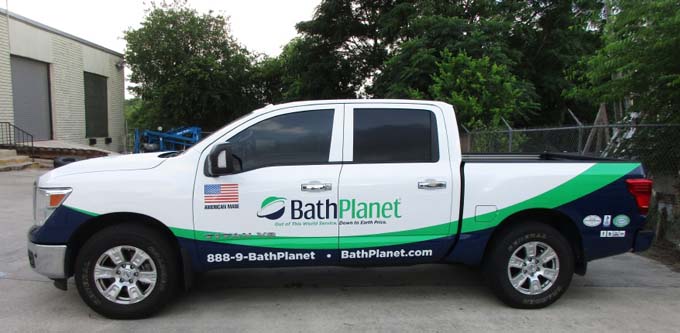
Success is due in part to keeping up with technology. At the time of the acquisition, Thompson says existing wide-format equipment was serviceable, but “too slow.” Now armed with newer models from Canon, Jeti, and HP, the difference in speed is “night and day,” with projects that would previously take an hour requiring only minutes. The company has also invested in CNC routing and die-cutting capability, although it’s really the “personnel who make the company,” Thompson says. “It is all about the quality of the employees. Training is imperative.”
成功在一定程度上归功于跟上技术的步伐。汤普森表示,在收购时,现有的宽幅设备是可用的,但“太慢了”。现在配备了佳能、Jeti和惠普的新机型,速度上的差异是“昼夜”的,以前需要一个小时的项目只需要几分钟。汤普森说:“该公司还投资了数控走线和模切能力,尽管实际上是“人才造就了公司”,这一切都与员工的素质有关。培训势在必行。”





